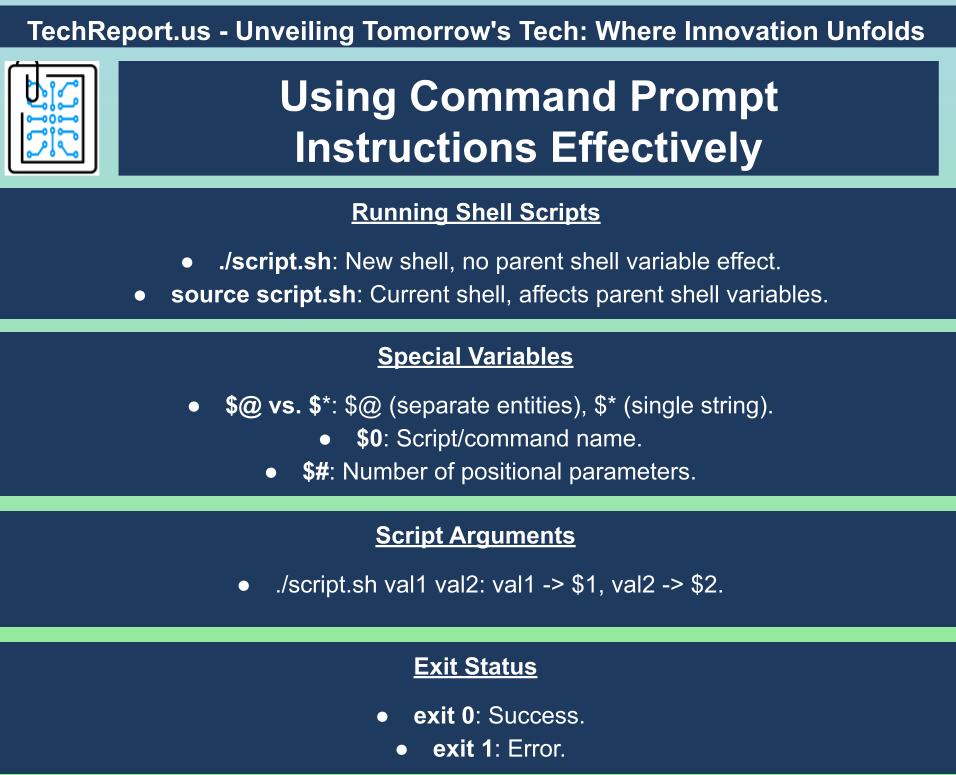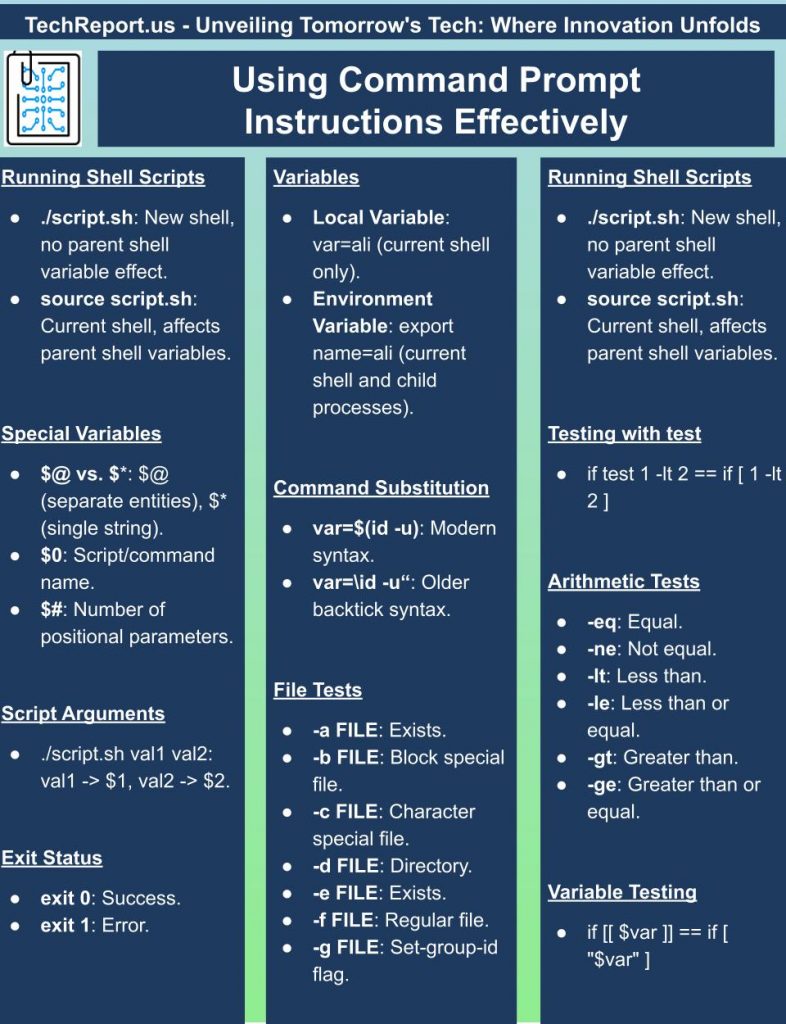Setting up MariaDB on macOS doesn’t have to be daunting. With Homebrew simplifying the installation process and MariaDB providing tools for security and password management, you can quickly get your database environment up and running. Remember to prioritize security by securing your installation and managing passwords effectively. With these steps and tools at your disposal, you’re well-equipped to harness the power of MariaDB for your projects on macOS.
Stock images are library of images which are available free of cost to use. Internet have both free and paid stock images library. Some websites only
Search Engine Optimization(SEO) is changing now by the help of Artificial Intelligence(AI). More than 15% of traffic from search engines come through AI driven queries.

